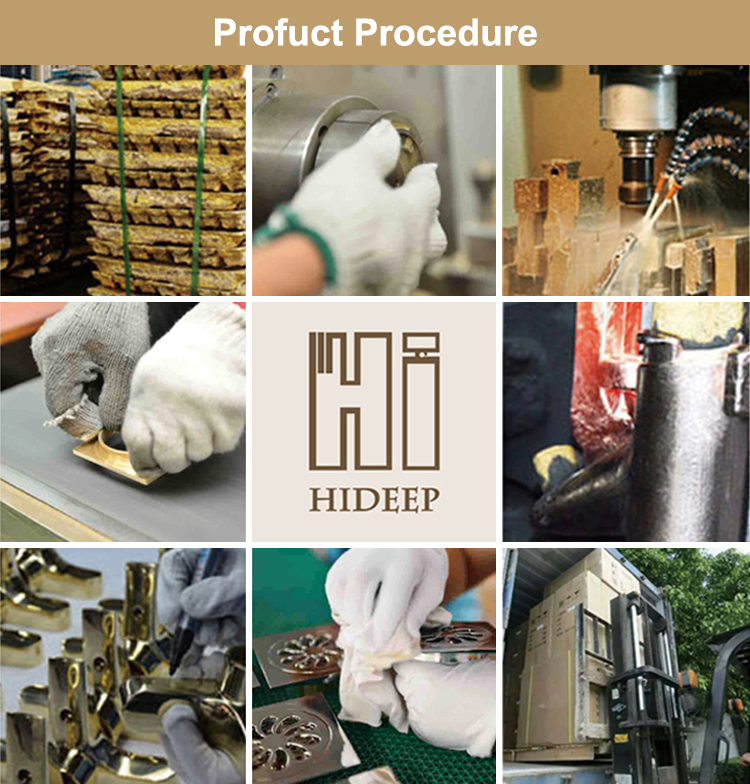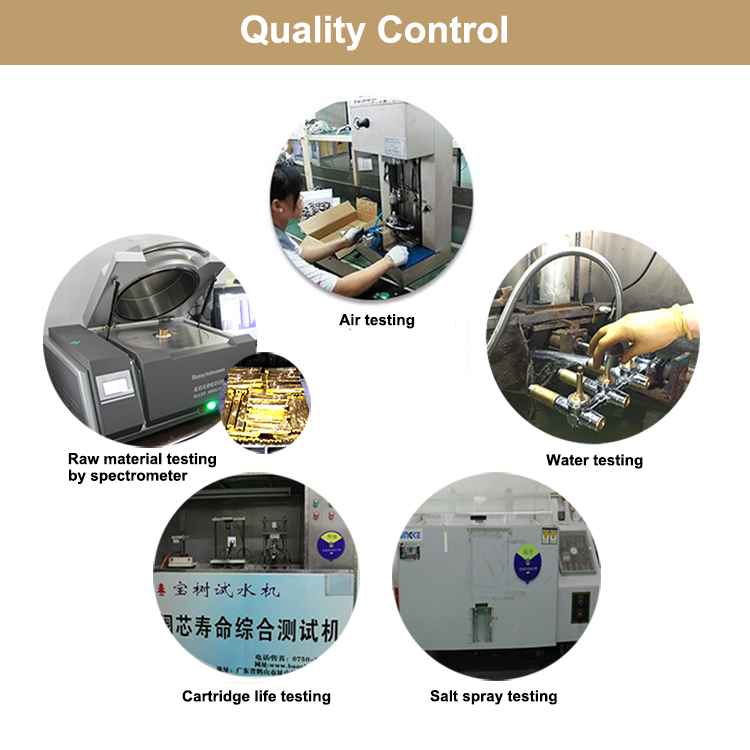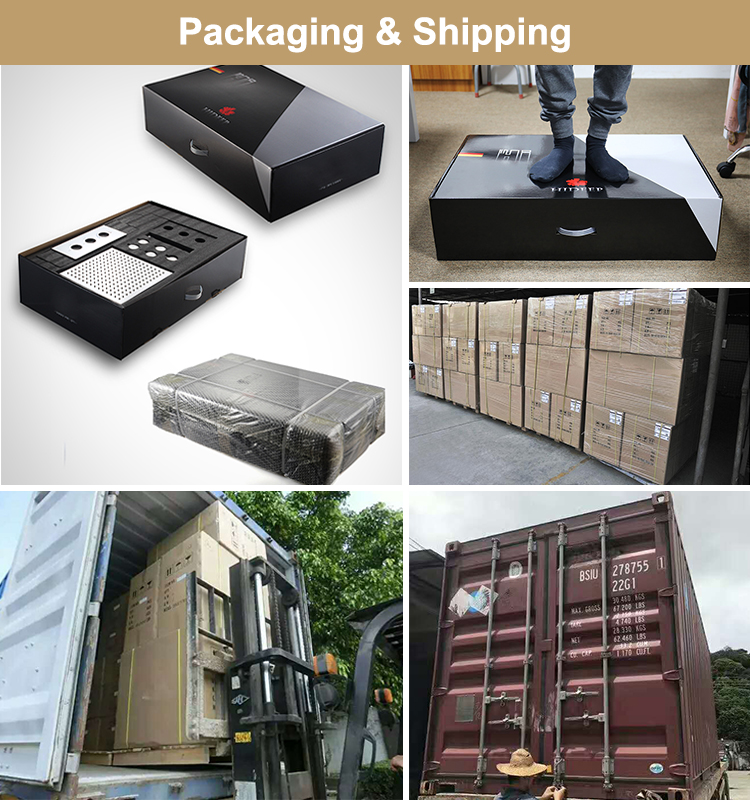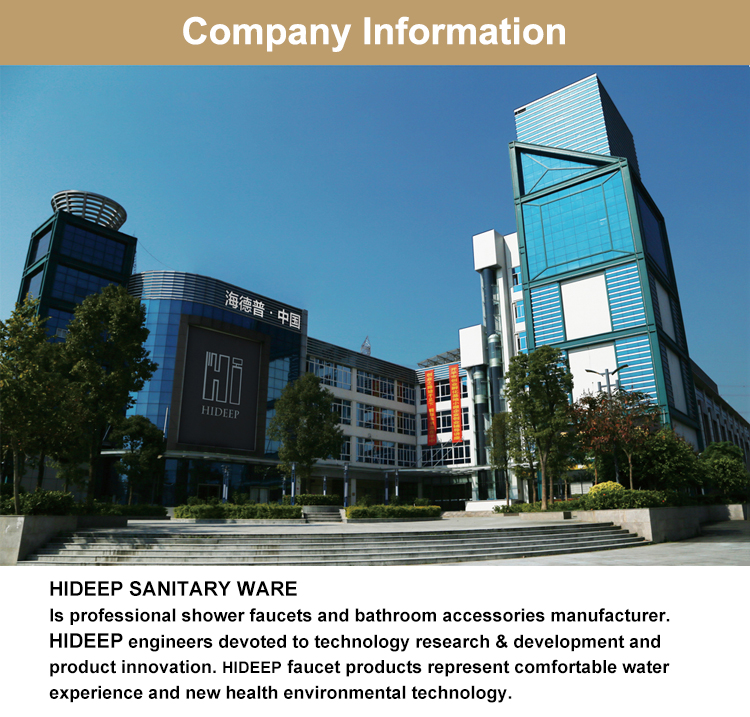Core Tip: Due to the needs and interests of maintenance machinery, there are a variety of imported construction machinery and auto parts on the market, but the quality is uneven. Imported mechanical parts can be identified from many aspects, mainly from packaging, intrinsic quality, product price and purchase channels.
High-quality accessories are the basis for ensuring the normal operation of mechanical equipment. Due to the needs and interests of the maintenance machinery, a variety of imported construction machinery and auto parts have appeared on the market, but the quality is uneven. At present, imported mechanical parts on the market mainly include two categories: “import†and “localizationâ€. The imported parts include the pure parts of the whole machine factory, the high-quality components of the professional supporting factory, the parts of the non-machine factory produced by the country (such as Japan, South Korea, Singapore, etc.), as well as the accessories of Hong Kong and Taiwan. "Localized" parts, there are formal factories producing parts that are imported machinery, and generally have the production mark of the factory. There are also some imported machinery parts that are copied by informal factories and even private workshops. They are printed with imported genuine parts or professional factories, and they are sold as genuine and genuine parts. There are also non-Japanese or American machine parts imported from South Korea, Hong Kong, Taiwan and other Asian countries and regions, and are equipped with exquisite and pure parts packaging. These are collectively called fake products. Although they can be used, they are far less than the original ones. The quality requirements of the parts, especially the imitation parts produced by the informal manufacturers, cannot meet the quality requirements of the genuine parts and the professional products from the aspects of materials, processes and functions, and have an impact on the normal use and maintenance of the mechanical vehicles. It is necessary to identify imported mechanical parts and units.
Imported mechanical parts can be identified from many aspects, mainly from packaging, intrinsic quality, product price and purchase channels.
First, identify from the outer packaging
Identification based on packaging is an important procedure for verifying the authenticity of imported accessories. The packaging of genuine parts and accessories of foreign professional supporting factories is exquisitely made, and the colors, patterns and styles have certain rules, which are generally difficult to imitate. Imitation packaging is rough and easier to distinguish. However, some imitations rely on modern and advanced printing technology to make the parts packaging very realistic. If they are not carefully identified, it is difficult to distinguish them. Imported machinery parts generally have outer packaging and inner packaging, and are packaged with packaging boxes and packaging boxes; the inner packaging is generally wrapped paper with packaging and plastic bags or paper bags. Genuine imported accessories on the outer box (box) are affixed with uniform manufacturer, clear printing, excellent paper quality, and printed with GENUINEPARTS9 (pure parts) mark, marked with part number, name, quantity and manufacturer and country. The imitation label printing is not fine, the color is not light or heavy, it is difficult to be consistent with the pure piece packaging. The part number printed by the computer and the color of the manufacturer's mark are not light and heavy, and the identification can be distinguished. From the perspective of the packing box (box), the imported packaging box (box) has a tight texture and a clear pattern. The packaging box is printed with the manufacturer and the pure parts. For example, Komatsu has printed Komatsu on the whole box (KOMATSU). ) and the genuine parts (GENUINEPARTS), Mitsubishi Corporation printed (MITSUBISHI) and pure parts (GENUINEPARTS) on the entire package, but the imitation package also printed these marks, but the color is not correct, the pattern is not clear. In order to prevent counterfeiting, some foreign companies have anti-counterfeiting marks on their packaging labels, which can be taken into account when identifying. The inner packaging is usually wrapped paper, paper bag or plastic bag, and the package is printed with genuine parts and company logo. The pattern, color and pattern of the wrapping paper are hard to be the same.
When identifying imported parts packaging, it should also be noted that hardware engineering machinery and automobile manufacturing plants have their own professional accessory factory parts suppliers. When importing the manufacturer's accessories, the package has both the whole machine factory mark and the matching factory mark. For example, Mitsubishi Heavy Industries, its piston ring is supported by RIKENCORPORATION, and the outer box is printed with the RIK mark. However, the single piston ring box is a Mitsubishi-labeled flower box package, which is labeled as MITSUBISHI. The piston ring specification is marked with Mitsubishi Motors Corporation and also with the company, so it is not a mistake to think that the internal and external inconsistencies are not pure. Parts.
Second, from the product quality to identify
Identifying imported mechanical parts from product quality is the most critical part of identifying the authenticity of genuine parts. Driven by the interests, the dealers will assemble the imported genuine parts into the whole machine, and then use the packaging of the pure parts to install the non-pure parts to sell to the market. Therefore, the intrinsic quality of the product must be inspected to confirm the authenticity of the imported parts. The identification of product quality is mainly observed, inspected and tested.
(1) Check from the appearance. Look at the processing of the appearance of the product is fine, whether the color is normal. If there is a sample of a genuine part, a check can be performed. Generally, the surface of the imitation is rough and the color of the product is not correct.
(2) Check the logo on the product. Brand marks, part numbers, and specific codes are printed on genuine imported parts. Some products are also engraved with manufacturing plants and producing countries. For example, the piston of Japan's Mitsubishi diesel engine is engraved with the part number, grouping mark A, B, C and UP↑ direction marks on the top; the inside of the piston skirt is cast with the organic type and the Mitsubishi logo, and the IZUMI logo of the supporting factory is included. The casting is clear and easy to identify. Imitation is not a leak casting or a illegible handwriting, it is difficult to achieve the effect of authenticity.
(3) Measure the size of the product through special work to see if it meets the requirements. Some manufacturers also offer measurement tools to customers to prevent counterfeiting.
(4) Perform performance tests on the product. Some parts are still indistinguishable from the appearance inspection and need to be tested with special instruments. For example, the injector and the plug should be tested on the test bench to test the injection pressure, fuel injection amount, and fuel injection angle.
(5) Physical and chemical properties test of the product. This is generally the method used to seek compensation from the manufacturer when there is doubt about the intrinsic quality of the product or when there is a problem with the use of the product.
Third, identify the price of the product
The same accessories, pure parts, professional parts, domestic parts and imitations vary widely. The price of pure parts is the highest, the number of professional parts is second, and the price of domestic parts and imitations is the lowest. The price of general pure parts can exceed one or two times that of imitation parts, and some even more; foreign professional supporting parts are slightly lower than the pure parts of the whole machine factory. Regularly imported parts are executed at negotiated prices with foreign merchants, and spare parts purchased at random times are subject to the annual catalogue price of foreign investors. Sometimes foreign companies also have preferential prices for handling accessories on a regular basis. The quotation (yen or US dollar) of these accessories is calculated according to the current import exchange rate, plus tariffs, transportation, etc., and then converted into the unit price of the parts, which is a common price known to the industry. Parts that are lower than the regular price can be judged as non-pure parts or professional parts. It should be noted that the tax cuts in the import link and the increase in the price of the intermediate dealers will also cause the price to deviate from the regular price.
Fourth, according to the purchase channel for analysis
At present, there are more purchase channels, but there are no two aspects. First, it is directly imported from abroad. Second, it is purchased from dealers. The accessories imported directly from foreign machine factories and parts and components factories are guaranteed. If it is purchased from a dealer or re-exported from Hong Kong and Macao, the accessories should be identified according to the above methods. In addition, all mechanical parts imported directly from abroad have order contracts, bills of lading, waybills, packing lists and invoices. If you purchase parts from an import company, you can ask them to show the above procedures. Otherwise, you can judge that they are not imported.
In short, when identifying imported mechanical parts, the methods are various. Do not use a single method, adopt different identification methods according to different types of accessories, and comprehensively use them to identify the authenticity of imported parts.

Concerned about surprises
Label: Identification method of authenticity of imported engineering machinery parts
Previous: Preparation method of fast-cut wire cutting working fluid Next: Analytical natural abrasive
304 stainless steel floor drains are durable and easy to install.
1.Different Style For Your Choice.
2. High quality.
3. Brilliantly engineered to prevent unwanted smells coming from your sewage pipes and keep the bugs away!
4. Preventing unpleasant smell, insects and mice from entering the house, can be used in kitchen, bathroom, balcony, garage, basement and toilet.
|
HIDEEP Product line |
||||||
|
Product Information |
||||||
|
Product description |
Brass floor drain |
|||||
|
Brand name |
HIDEEP |
|||||
|
Material |
Brass |
|||||
|
Material analysis |
Cu≥59% |
|||||
|
Salt spray test |
24 hours |
|||||
|
Quality guarantee |
5 Years quality guarantee |
|||||
|
Application |
For family bathroom, hotel bathroom and so on |
|||||
|
Certification |
ISO9001, CE |
|||||
|
OEM and ODM |
Acceptable |
|||||




HIDEEP always invests heavily in R&D and speeds new products to marketing as it believed that an innovation strategy leads to betther new product performance.
304 Stainless Steel Floor Drain
304 Stainless Steel Floor Drain,Long Shower Floor Drain,304 Stainless Steel Shower Floor Drain,304 Stainless Steel Long Floor Drain
Kaiping HIDEEP Sanitary Ware Co., Ltd. , https://www.hideepglobal.com